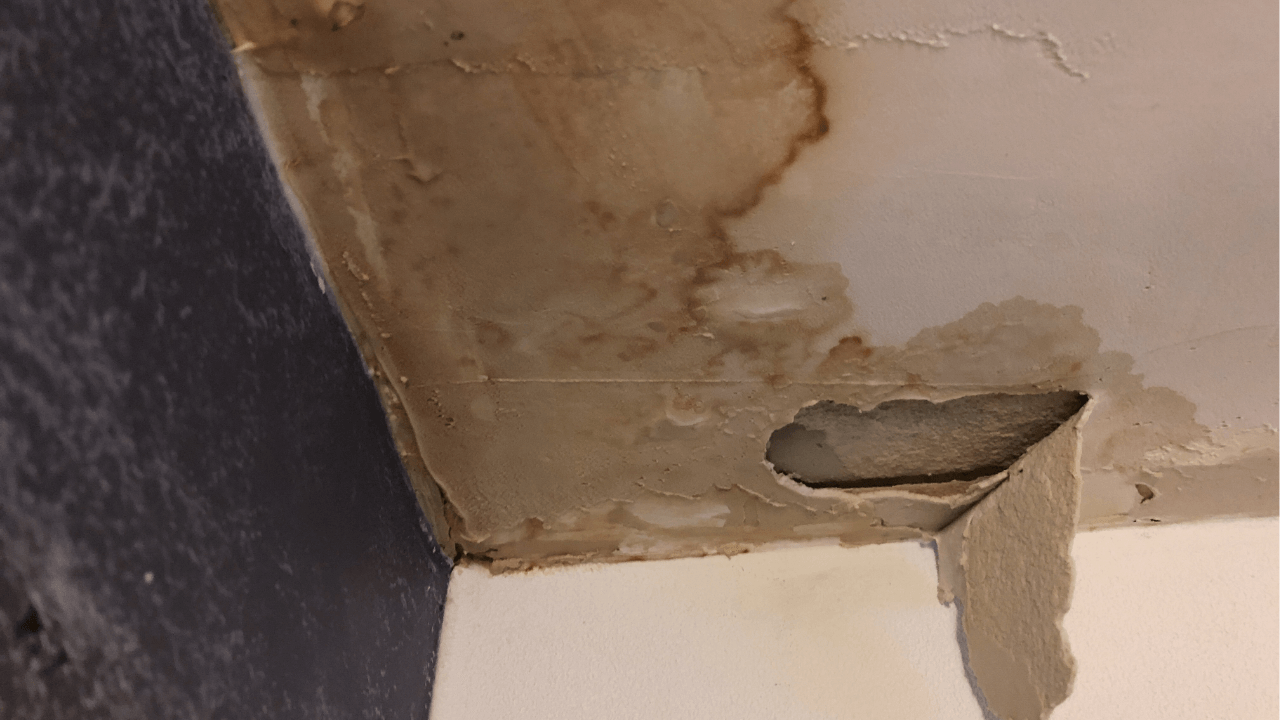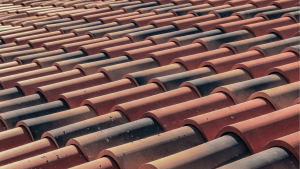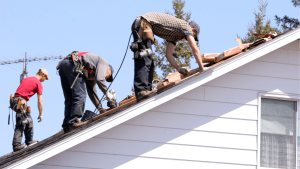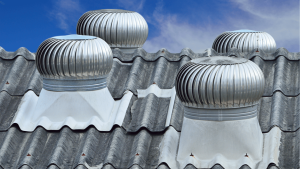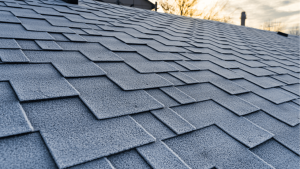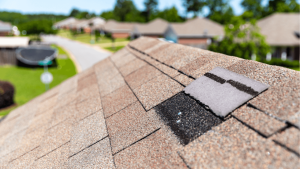
9 Hidden Roof Problems in Miami Homes: Early Signs & 2025 Repair Costs
Roofing Nation, your trusted guide in South Florida, unveils the 9 most frequently overlooked roof issues discovered during our 2025 inspections. Understanding these early warning signs and their associated costs is paramount for proactive homeowners.


